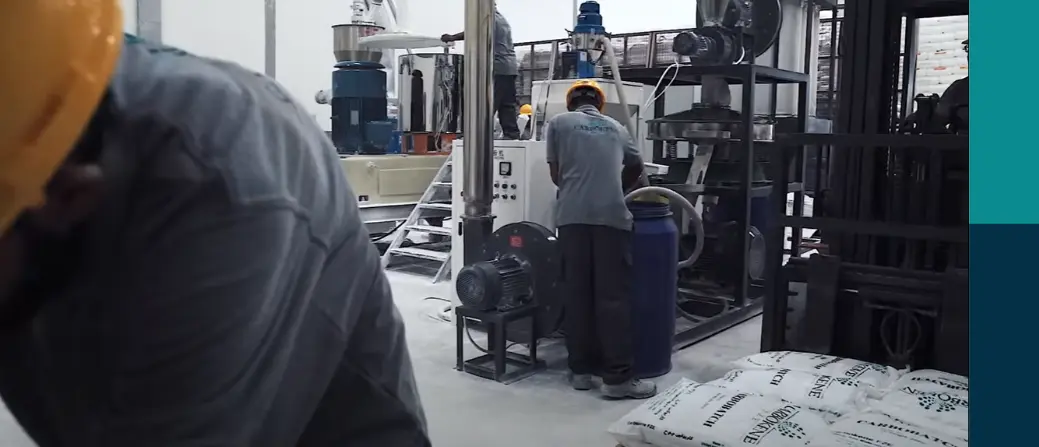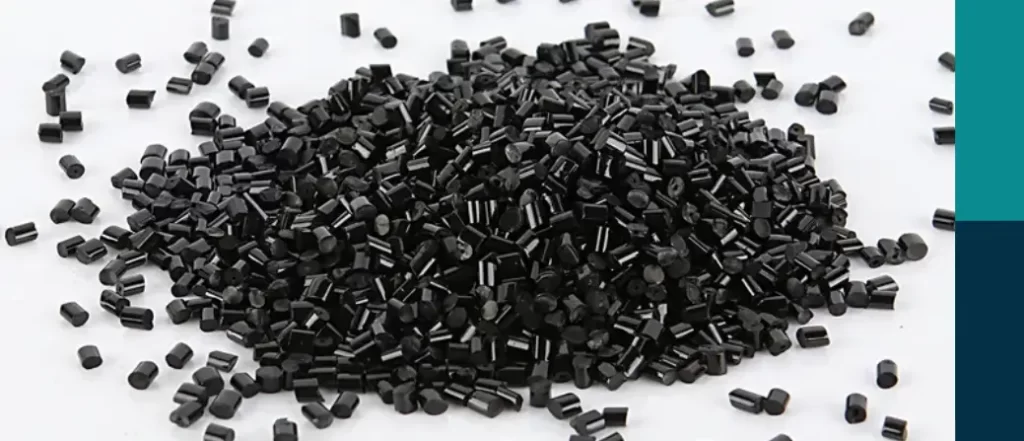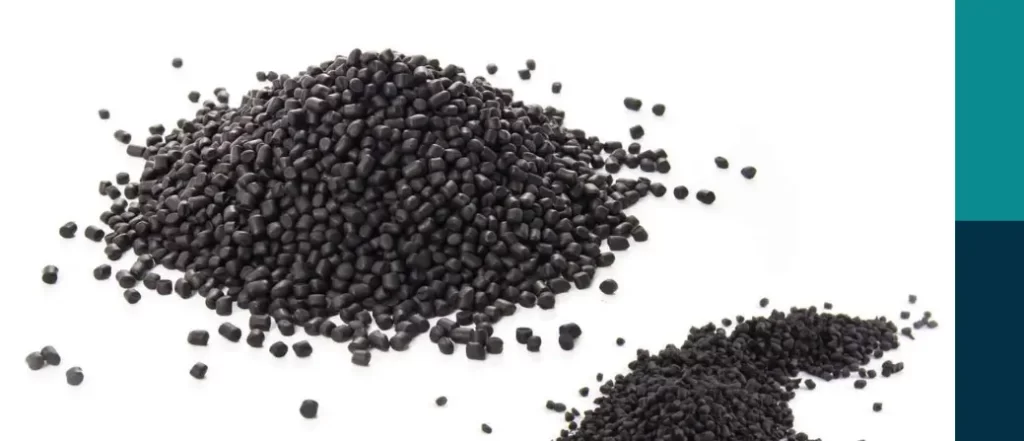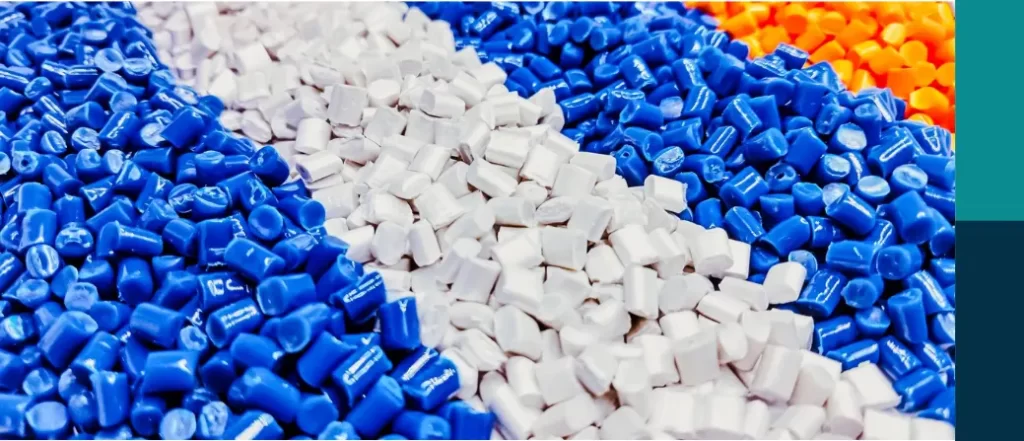masterbatch manufacturing process
In the evolving world of plastics, the masterbatch manufacturing process plays a crucial role in enhancing the properties and aesthetics of plastic products. Masterbatch is a concentrated mixture of pigments and additives, which are used to colour plastics and improve their performance.
This article will delve into the intricacies of the plastic masterbatch manufacturing process, exploring various methods, applications, and the importance of masterbatch in the plastics industry.
What is masterbatch manufacturing process?
Before diving into the masterbatch manufacturing processes, it’s essential to define what masterbatch is.
Masterbatch is a solid or liquid additive for plastics, usually comprising pigments and additives, which are mixed with a carrier resin. This mixture is then used to colour or modify the properties of plastic during the production process.
The Plastic Masterbatch Manufacturing Process
The plastic masterbatch manufacturing process typically involves several key steps:
1. Selection of Raw Materials
The first step in the plastic masterbatch manufacturing process is selecting high-quality raw materials.
This includes carrier resins, pigments, and additives. The choice of materials depends on the desired properties of the final product.
For instance, different pigments provide various colors, while additives might enhance UV stability or improve processing characteristics.
2. Compounding
Once the raw materials are selected, they are mixed in a process known as compounding. This can be done through various methods, including:
- Extrusion: In this method, the raw materials are fed into an extruder, where they are melted and mixed thoroughly. The molten mixture is then cooled and pelletized into granules. Extrusion is a popular method due to its efficiency and ability to produce consistent product quality.
- Banbury Mixing: Another method involves using a Banbury mixer, which is effective for producing high-viscosity materials. The raw materials are mixed in a closed chamber under heat and pressure, ensuring thorough dispersion.
3. Cooling and Pelletizing
After compounding, the mixture is cooled to solidify it.
The cooled material is then pelletized into small granules, which can be easily transported and used in further processing.
This stage is crucial as it ensures that the masterbatch can be accurately measured and mixed during plastic processing.
4. Quality Control
Quality control is vital in the masterbatch manufacturing process.
Samples are taken throughout production to ensure that the colour, consistency, and properties meet the required standards.
Tests may include checking colour accuracy, dispersion quality, and the stability of the additives.
What is Batch Manufacturing Process?
The term “batch manufacturing process” refers to producing a specific quantity of a product in discrete batches rather than continuously.
This method allows for greater flexibility in production and is often used in the manufacturing of masterbatch.
In batch manufacturing, each batch can be tailored to meet specific requirements, such as different colours or additive concentrations.
This versatility is especially beneficial in the plastics industry, where customer demands can vary widely.
The Role of Masterbatch in Various Manufacturing Processes
Masterbatch is integral to several plastic manufacturing processes, enhancing the properties of the end products. Some key processes include:
1. BIW Manufacturing Process (Body in White)
In the automotive industry, the Body in White (BIW) manufacturing process involves the production of the vehicle’s body before it is painted and assembled with other components. Masterbatch is used in various parts of the BIW process, such as interior panels, exterior body parts, and under-the-hood components. The addition of masterbatch allows manufacturers to achieve desired colours and improve mechanical properties, ensuring the durability and aesthetic appeal of automotive parts.
2. Premix Manufacturing Process
The premix manufacturing process involves preparing a mixture of various materials before they are introduced into the main production line. In this context, masterbatch can be pre-mixed with other materials to ensure uniform colour and performance before being added to the polymer matrix. This method is especially useful in applications where precise colour matching and property enhancement are required.
3. Preform Manufacturing Process
The preform manufacturing process is commonly used in the production of bottles and containers. In this method, masterbatch is added to the polymer used to create preforms, which are then heated and blown into their final shapes.
Using masterbatch in this process not only enhances the colour and clarity of the final product but also improves mechanical properties such as impact resistance and UV stability.
Applications of Masterbatch
Masterbatch is widely utilized across various industries due to its versatility and ability to enhance product performance. In the packaging industry, it is essential for producing coloured films, containers, and labels, allowing manufacturers to create visually appealing packaging while improving barrier resistance and durability. In the consumer goods sector, masterbatch helps create vibrant colours and enhances mechanical properties for products like toys and household items, significantly improving scratch resistance and UV stability.
Additionally, in the automotive sector, masterbatch plays a critical role in the production of components, providing not just colour but also enhancing heat resistance and durability, which are crucial for parts exposed to harsh conditions. In the construction industry, masterbatch is used in pipes, roofing materials, and insulation products, improving weather resistance and overall aesthetics, making it a key component across these diverse applications.
Advantages of Using Masterbatch
- Cost-Effectiveness: Masterbatch allows manufacturers to achieve desired colours and properties without the need for extensive processing changes, making it a cost-effective solution.
- Consistency: The manufacturing process ensures a high degree of consistency in colour and performance, which is crucial for quality control in production.
- Flexibility: Masterbatch can be customized for various applications, allowing manufacturers to meet specific requirements efficiently.
- Sustainability: Many manufacturers are now producing eco-friendly masterbatch formulations, supporting sustainability efforts in the plastics industry.
The manufacturing process is a vital aspect of modern plastic production.
By understanding the intricacies of plastic masterbatch manufacturing, businesses can leverage its benefits to enhance their products. From improving aesthetics to optimizing performance, masterbatch plays a significant role across various masterbatch manufacturing processes, including BIW, premix, and preform manufacturing processes.
As the demand for sustainable and high-quality plastic products continues to rise, the importance of masterbatch will only grow, making it an essential component in the future of the plastics industry.




